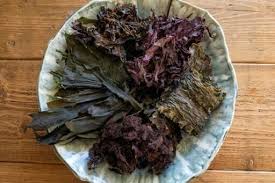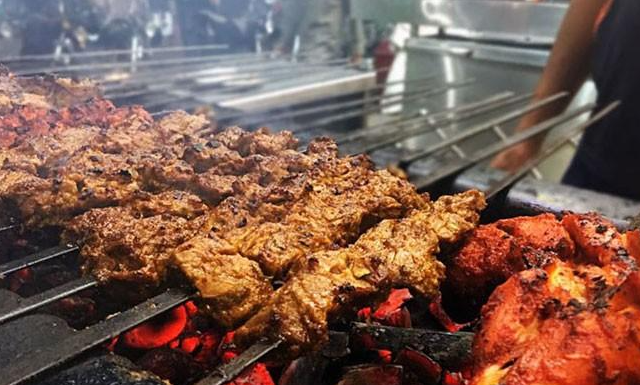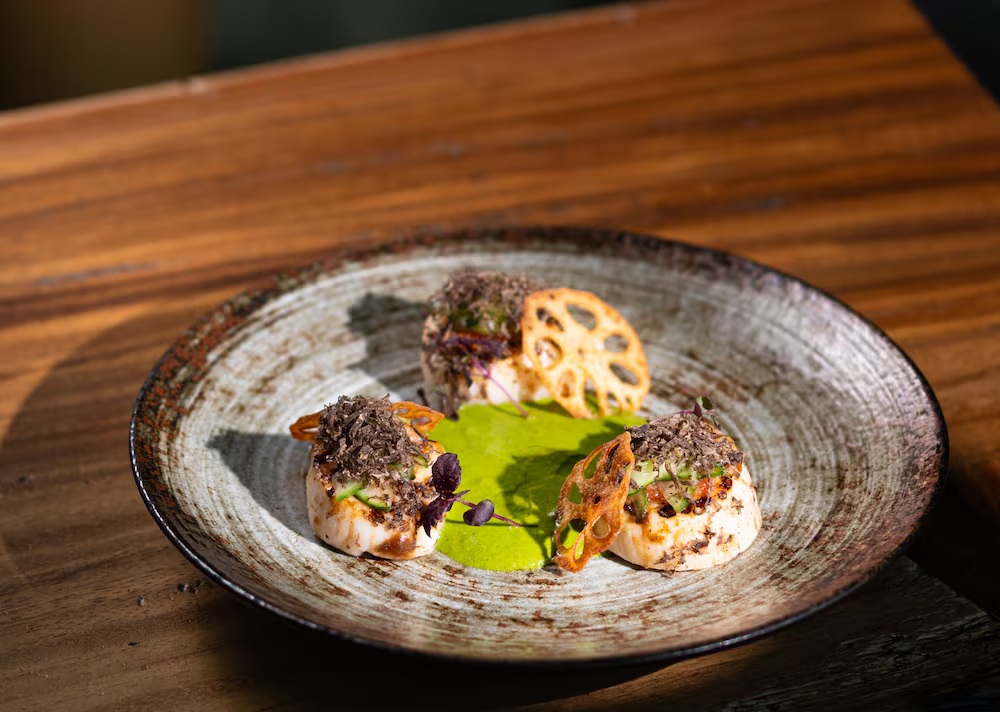Monitoring Desk
There is much to do in the kitchen. I made the last of the plums into jam last week – a softly set version for spooning over yoghurt – there are damsons to be frozen for winter and I just managed to catch the tail end of the decent apricots before they disappeared. More organised cooks than me will have done this a couple of weeks ago, but hey ho. What matters is that I have something of the departing summer on the shelf for the cold months to come.
I spent an entire morning this week preserving tomatoes in olive oil: fat-bellied jars of orange, red and yellow fruits to use during the winter months. It has become an annual job, one of the more calming of tasks, usually on one of those days that, despite the sun, feels faintly autumnal. The tomatoes are skinned and seeded, then cooked slowly in deep, green oil with spikes of rosemary, peppercorns and thyme. They will keep in the cool – I put them on the top shelf of the fridge – a squirrel store for the first frosts.
Once the tomatoes are soft and starting to brown here and there, crush them into a rough-edged sauceThe tomatoes will be brought out as an instant sauce for pasta. Mostly for orecchiette, a shape that will hold the tomatoes and any other vegetables – peas, chopped green beans – in their hollows. I use them in a salad, too, their oil as the dressing, tossing them with toasted bread, olives and wedges of crisp lettuce, the bread sponging up the herby juice. The tomatoes may also find themselves baked with whole fish, such as Cornish red mullet or line-caught mackerel.
They are also good for toast, the bread cut thick, the hot, herb-scented oil soaking through the toast, topped with the tomatoes, anchovy fillets and black olives. A taste of summer at any time of year.
Tomato confit

‘Slice the cherry tomatoes in half, but don’t skin them’: tomato confit. Photograph: Jonathan Lovkin/The Observer
As with any form of preserving there are a few rules of which we should probably take note. Your jars do need to be sterilised before use – it is crucial to the success of the recipe. Sterilise your jars with boiling water or bake them, empty, in a cool oven and let them dry naturally or use a spotlessly clean tea towel. I use either Weck, Kilner or Le Parfait jars. While I am happy to reuse the rubber seals over and over again for dried goods, such as pasta, I use new ones, ensuring a tight seal, for any bottled fruit or vegetables. The jars should be stored in a cool, dark place once they are ready, though I tend to keep mine in the fridge. The oil may solidify in the cold, but will return to liquid at room temperature. The recipe can be multiplied happily, should you have a glut of homegrown fruits.
Makes 2 x 750g storage jars
tomatoes 1 kg, medium sized
cherry tomatoes 1 kg
rosemary 6 bushy sprigs
black peppercorns 12
garlic 8 cloves, peeled
thyme 8 bushy sprigs
sea salt 2 tsp
caster sugar 3 tbsp
olive oil 500ml
You will also need 2 x 750ml storage jars
Put the kettle on. Cut a small cross at the tip of each of the medium tomatoes and put them in a heatproof bowl. When the water boils, pour it over the tomatoes and leave them for 4 or 5 minutes. Remove the tomatoes from the water, then peel and discard the skins.
Halve the tomatoes horizontally, then use a small teaspoon to remove the seeds. Place the peeled and seeded tomatoes, cut side up and tightly packed, in a roasting tin. Set the oven at 120C/gas mark ½. Slice the cherry tomatoes in half, but don’t skin them, remove the seeds with a teaspoon and tuck them among the larger tomatoes.
Push the rosemary, peppercorns, garlic and thyme among the tomatoes. Scatter over the salt and sugar, pour over the olive oil and place in the oven. Leave to bake for 3 hours, then remove.
Sterilise the storage jars, either by baking them or by pouring boiling water into them, tipping it out then leaving them to dry. While they are still hot, spoon in the tomatoes, herbs and garlic and pour over the olive oil and juices. Seal, cool, then refrigerate until needed.
Orecchiette with green beans and tomato confit
If you have no tomato confit, use fresh ones. Cut them in half and place them under a hot grill, trickled with a little olive oil and seasoned with chopped thyme leaves, black pepper and a little grated garlic. Once the tomatoes are soft and starting to brown here and there, crush them with a fork to make a rough-edged sauce. Fold the cooked pasta and beans into them and serve. I always remove the stems from my green beans, but if it is just me eating, I leave the points in place. Some people get in a tizzy about them though, so best remove them for guests. Serves 4
green beans 150g
orecchiette 125g
tomato confit 250g (see recipe above)
parsley 2 tbsp, roughly chopped
Bring a medium-sized saucepan of water to the boil. Have ready a large mixing bowl of ice cubes and cold water. Top and tail the beans – as you wish – then cut them into small pieces, barely a centimetre in length. Drop them into the boiling water and leave for 3 minutes, then lift them out with a draining spoon and plunge them immediately into the iced water. Return the bean water to the boil, salt it generously, then add the pasta and cook for about 9 minutes until almost tender. I like my pasta on the firm side, but others like a softer, less chewy bite. Drain and return the pasta to the empty pan. Add the tomato confit to the pasta and place over a moderate heat, until the confit is bubbling. Stir in the parsley and drained green beans, correct the seasoning and serve.
Courtesy: theguardian








